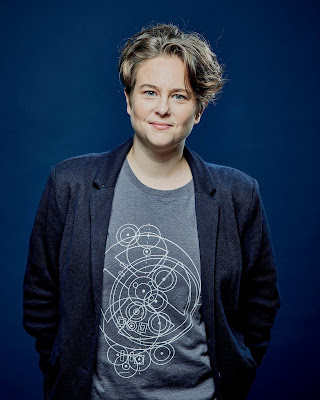The computing pioneer - and daughter of Lord Byron – was a visionary who valued mathematics and music equally.
 |
| Emily Howard. Photo: Chris McAndrew |
When I was at university studying mathematics and computing I began to think about the history of these subjects, and came across one of computing’s pioneers and visionaries, Ada Lovelace. Despite being born at a time when women were not allowed to study at university, several decades before even schooling was compulsory – for either sex – Lovelace (1815-1852) was a gifted mathematician who worked with some of the most famous scientists of the day.
She was not permitted to write scientific papers by the male-dominated scientific community, but was able to make her mark and pen her lasting contribution to computing as the translator of Turinese mathematician and scholar Luigi Menabrea’s 1842 paper Sketch of the Analytical Engine Invented by Charles Babbage. She accompanied her work with her visionary Translator’s Notes. Her friend and collaborator, the mathematician Charles Babbage – inventor of a prototype for the world’s first computer – encouraged Lovelace to expand the translation. She was an “enchantress who has thrown her magic spell around the most abstract of sciences [and] has grasped it with a force which few masculine intellects could have exerted,” said Babbage.
It is over a decade since I first read the Notes. They contain several elegant mathematical explanations for which she is most celebrated today. Often poetic, her prose is perhaps the happy marriage that her parents, the infamous Romantic poet Lord Byron and the mathematical, methodical and moralising Annabella Milbanke, never had. (Byron left his wife and daughter a month after the latter’s birth and never saw them again.) And it is their conceptual speculations beyond mere number-crunching that most interest tome: Lovelace’s visions transcend the mechanics of Babbage’s machine to imagine its scientific and human potential...
Lovelace is rightly celebrated today as an important role model for women in science, technology, engineering and mathematics. But beyond gender, there is another unhelpful binary: science v art. I believe it was Lovelace’s artistic inclinations combined with her scientific ones that enabled her to make such giant creative leaps. Lovelace valued music and mathematics equally. It was through the metaphor of music that Lovelace communicated her prescient vision that computers might eventually do more than process numbers – that they might even compose music.
Read more...
Source: The Guardian












